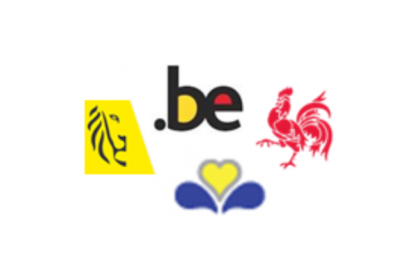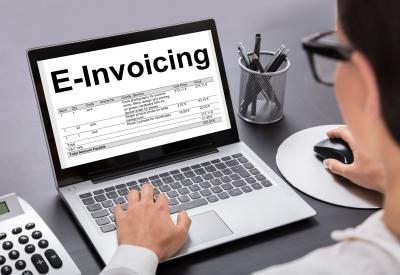A host of preconceived ideas about e-Invoicing are still in circulation. Let’s dispel 5 of them now.
1. e-Invoicing is the new trend
Well that’s where you’d be wrong! There’s nothing new about e-Invoicing! It has already been common practice for most large companies for the past 30 years. On the other hand, the evolving legal and administrative framework, as well as the technological developments in recent years (artificial intelligence, automation, etc.) are accelerating its development and creating new opportunities. More than just a trend, e-Invoicing is set to become widespread in the coming years.
2. My company already uses e-Invoicing because it sends and receives its invoices in PDF format
Sending invoices in PDF format is a first step towards electronic invoicing. But e-Invoicing goes much further, as it involves automating the invoicing process from start to finish and making all human intervention unnecessary, even by the invoice recipient. Find out more about e-Invoicing.
3. e-Invoicing is the preserve of large companies
Far from it! e-Invoicing is also a source of opportunities for small and medium-sized companies. Not only does it save time, it also makes it easier to track money inflows and outflows.
Furthermore, the possibilities are developing considerably. Europe is showing a willingness to develop e-Invoicing. It is increasing measures supporting it: legal framework, Peppol, European Standard for Electronic Invoicing etc. In Belgium, initiatives such as Mercurius or Hermes are considerably lowering the adoption thresholds, giving everyone control over their own agenda (rather than always depending on the choices of their trading partners). This will pave the way for e-Invoicing for public authorities, the self-employed, SMEs and even, in the long term, the general public.
Also read: Who is concerned by e-Invoicing?
4. An electronic invoice does not offer the same legal guarantees as a paper invoice
Until 2010, the legal requirements for e-Invoicing were complex and controversial. But since then, this issue has been clarified in the European VAT Directive Directive 2010/45/EU), which sets out the invoicing rules and puts electronic and paper invoices on an equal footing. This was transposed into Belgian law on 1 January 2013.
To be legally valid invoices, whatever their form (paper, PDF, electronic and structured, etc.) and version (customer copy, supplier copy, intermediate version, etc.) must comply with the following principles:
-
authenticity of origin: the identity of the supplier of goods or services must be guaranteed;
-
content integrity: the content of the invoice cannot have been modified;
-
data readability: the invoice data must be clearly legible, on paper or on screen, without requiring excessive study or interpretation.
These principles, provided they are respected, make e-Invoicing as legally secure as manual invoicing.
5. Switching to electronic invoicing is a lot of work for very little return
Studies show that the switch to electronic invoicing saves 75% of the costs of processing paper invoices. It therefore makes real economic sense. And this is only one of the many benefits of e-Invoicing.
While it is true that projects to implement electronic invoicing were once complicated and expensive, this is no longer the case today. Quite the contrary: e-Invoicing is becoming more natural than paper invoicing. Gradually, invoicing software is integrating electronic invoicing into its basic functions. More and more, selling invoicing software without e-Invoicing is tantamount to selling a car without power steering: unthinkable.
Contact your software supplier today to find out where they stand. It may even be an opportunity to tell them about this website.












































